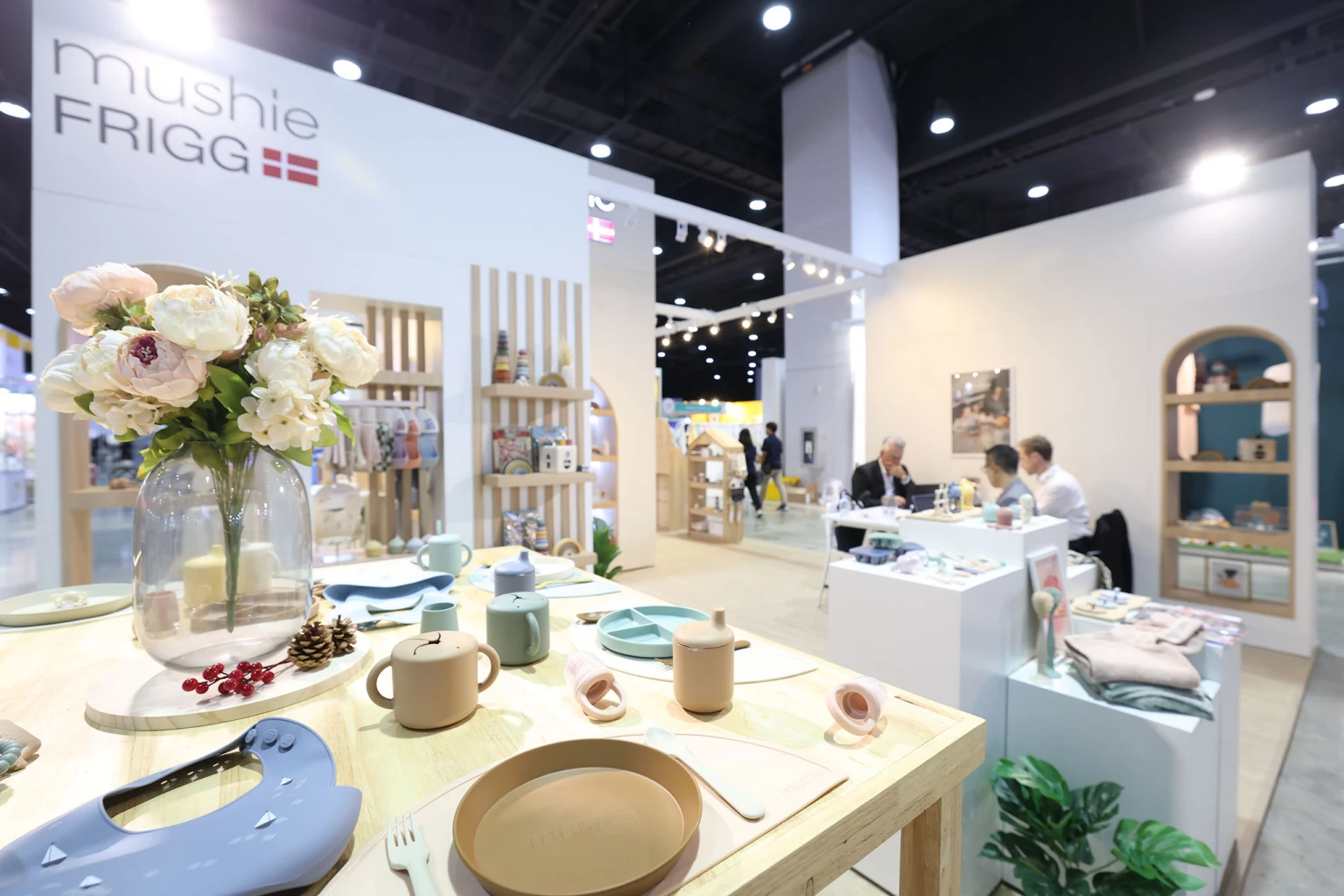Merchandise exports, tourism helped drive economy in April, BOT reports

The Thai economy continued to grow in April, the Bank of Thailand announced. The main growth drivers were continued expansions in merchandise exports and the tourism sector, consistent with the steady improvement in external demand, the central bank said.
Private consumption gained traction, particularly for spending in the services sector. Private investment remained at a similar level as in March.
However, manufacturing production contracted from the same period last year mainly because of a slowdown in production in the automotive sector.
Meanwhile, public spending contracted, especially in capital spending, after having accelerated in earlier periods.
On the stability front, headline inflation continued to decelerate mainly because of lower prices of fresh food. The seasonally adjusted unemployment rate remained unchanged from March.
The current account posted a surplus as supported by steady improvements in export value and the tourism sector.
Details of the economic conditions are as follows.
The value of merchandise exports expanded in most categories, with growth of 5.9 per cent compared with the same period last year, or 5.5 per cent when excluding gold. This was due to increased crude-oil prices, and export-quantity growth in some products.
Export of rubber products, sugar and rice rose thanks to higher external demand. Export of telecommunication equipment, particularly mobile phones, gained from the relocation of production bases from Japan to Thailand.
However, export of automotive and integrated circuits declined after having accelerated in earlier periods. The export slowdown and inventory rundown in certain industries, mainly in the automotive sector, led to the contraction of overall manufacturing production.
The tourism sector showed more robust signs of recovery as the number of foreign tourists registered 7.0-per-cent annual growth. After seasonal adjustment, the number of foreign tourists increased by 0.9 per cent from March, mainly from Malaysia, other Asean countries, and Europe, consistent with the expansion of the global economy.
Private consumption indicators continued to expand from increased spending in the services sector in line with the increase in the number of both Thai and foreign tourists. Moreover, spending on durable goods, especially on passenger cars, expanded, as supported by improved household income. In particular, farm income expanded with a more broad-based improvement across various crops, coupled with the low production during last year’s drought.
Nonetheless, income of non-farm households remained unchanged, reflecting that overall purchasing power was still not yet robust.
Private investment indicators in April stayed flat relative to the preceding month, primarily because of stable investment in equipment and machinery. Investment in construction also softened, attributed mainly to a decrease in permitted construction areas of services and transportation businesses after an acceleration in earlier periods. However, investment in export-related and petroleum-related businesses continued to expand.
The value of merchandise imports grew by 10.1 per cent from the same month last year. Excluding gold, the value of merchandise imports expanded by 8.8 per cent. The increase was mainly from imports of raw and intermediate materials, particularly fuels, which grew on the back of higher global crude-oil prices, and electronic parts and electrical appliances, consistent with an upward trend in exports of such products.
Public spending, excluding transfers, contracted in both capital and current spending. The
decline in capital spending followed accelerated disbursements in earlier periods, specifically in construction projects by the Department of Highways.
Meanwhile, current spending contracted as a result of the high-base effect from last year’s stimulus measures to promote living standards at the subdistrict level.
On the stability front, headline inflation decelerated to 0.38 per cent from 0.76 per cent in the March. This was attributed to a decrease in fresh-food prices, especially fruits and vegetables, as a result of the high-base effect from last year’s drought. Moreover, their prices decreased as supply improved thanks to this year’s favourable weather.
Core inflation also slowed down slightly.
The seasonally adjusted unemployment rate remained unchanged from March.
The current account posted a surplus due to the trade surplus as supported by steady improvements in exports, coupled with surplus in the services, income and transfer accounts as the tourism sector continued to expand.
The capital and financial accounts were broadly balanced thanks to an increase in portfolio investment abroad in both debt and equity securities as well as direct investment abroad by Thai corporates, while there was also an increase in foreign direct investment.





